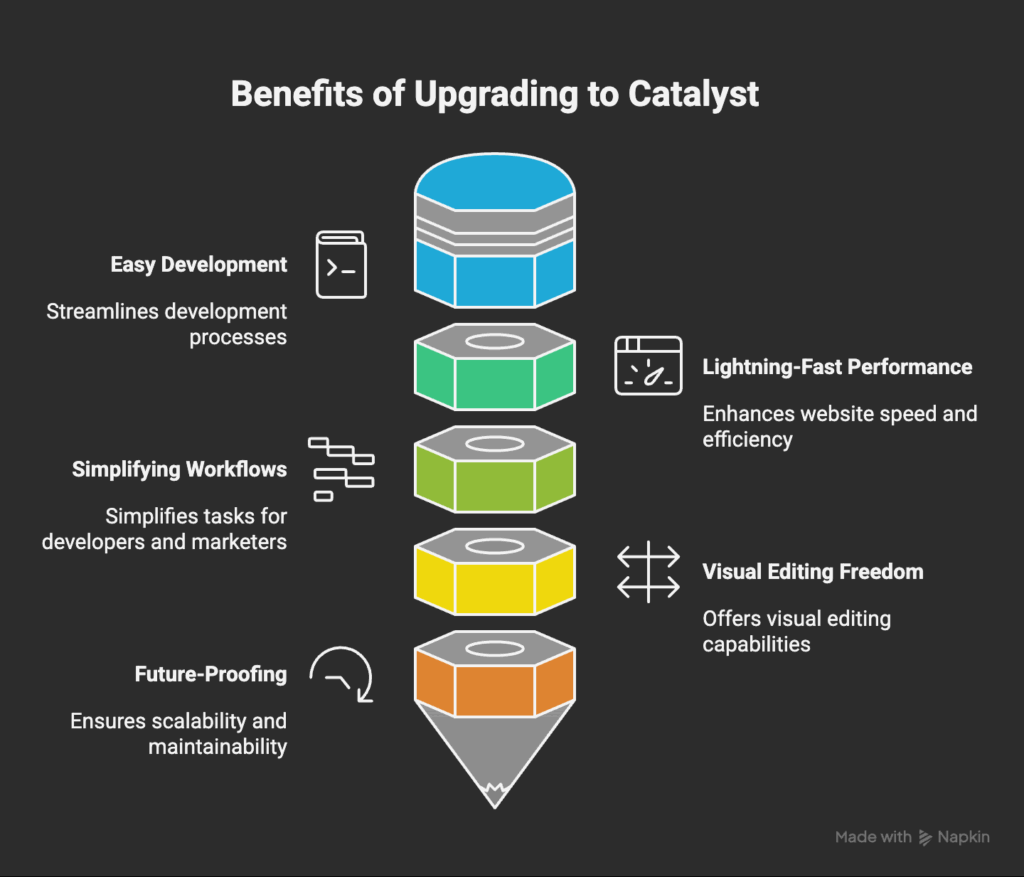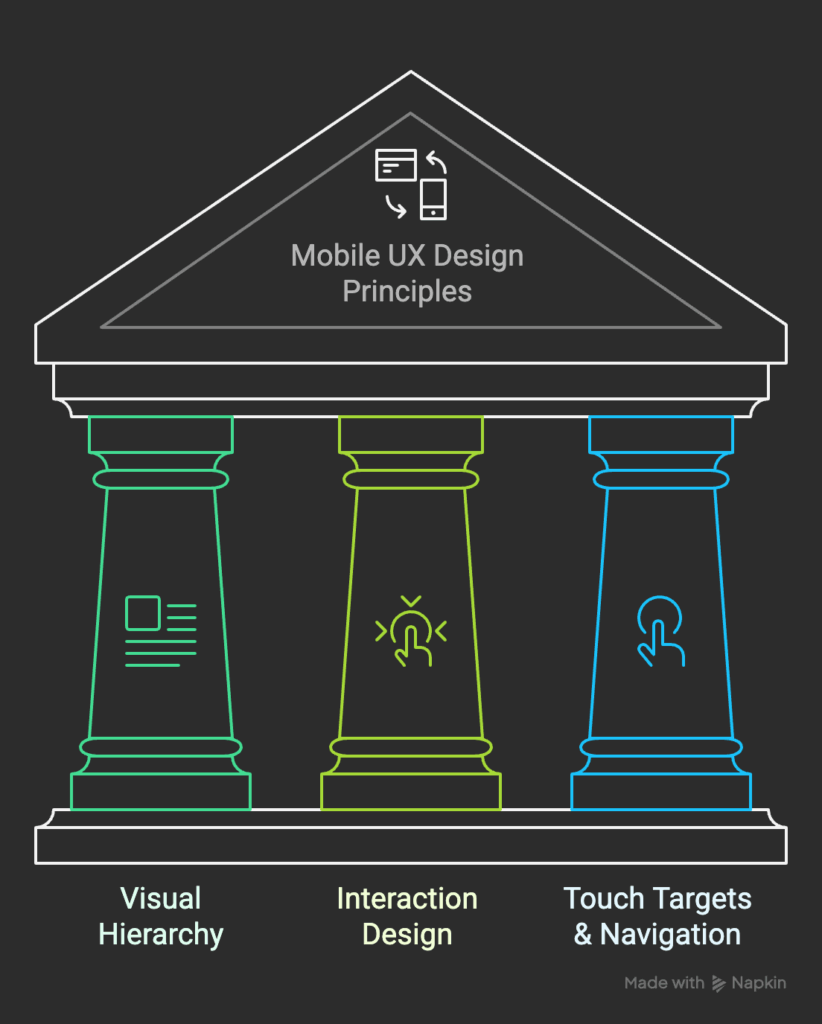
The Process of UX design – 10 Steps to Achieving UX Perfection
Exceptional user experiences do not happen by chance, they are the result of a carefully structured UX design process. In today’s digital-first world, a thoughtful approach to user experience design ensures that every interaction feels intuitive, meaningful, and efficient. Whether you are designing for an eCommerce platform or a complex digital product, a systematic process helps turn creative ideas into functional, user-centered solutions that drive engagement and conversions.
What Is UX Design?
User Experience (UX) Design is the practice of creating digital experiences that are both functional and enjoyable. It blends UX research methods, interaction design, psychology, and usability principles to meet user needs effectively. A well-designed experience considers clarity, consistency, and accessibility at every touchpoint. From navigation flow and layout balance to visual hierarchy and responsive interfaces, UX design ensures users find value and satisfaction in every step of their journey.
Why Does a Structured UX Design Process Matter?
A defined UX workflow gives structure to creativity. Without it, design decisions can feel random, leading to disjointed experiences. A systematic approach ensures that every phase, from research and ideation to usability testing and refinement, supports a cohesive vision. For online businesses, this process promotes smoother collaboration between teams, more predictable outcomes, and experiences that convert effectively across all platforms.
Benefits of Following the UX Process
Following a clear UX design methodology ensures consistency, efficiency, and measurable results. It enables teams to validate ideas early and make informed improvements before launch. The key benefits include:
- Stronger user-centered design based on real-world insights.
- Improved responsive design and accessibility across devices.
- Better navigation through consistent interaction design patterns.
- Continuous improvements driven by feedback and heatmaps.
In essence, a solid UX process ensures every decision enhances usability and business performance simultaneously.

The Core UX Design Process
Every successful digital product is built on a structured foundation. The following stages outline the essential steps of a well-executed UX design process.
Step 1: UX Research
Every great experience starts with understanding users. Through surveys, interviews, analytics, and heatmaps, designers uncover user motivations, challenges, and behaviors. These insights inform the design direction and eliminate guesswork early on.
Step 2: Define the Problem & Ideate Solutions
This stage transforms data into clarity. By defining problem statements, and conducting user journey mapping, teams identify opportunities and brainstorm innovative solutions using design thinking principles.
Step 3: Information Architecture
Information architecture (IA) organizes content so users can find what they need effortlessly. For eCommerce websites, a logical IA ensures that categories, filters, and menus guide shoppers seamlessly through the buying process.
Step 4: Wireframing
Wireframes are the blueprints of design. They define structure, hierarchy, and placement before visuals come into play. Including responsive design at this stage ensures adaptability across all screens and devices. This step sets a strong foundation, allowing teams to focus on usability and flow before adding visual details.
Step 5: Prototyping
Prototypes bring wireframes to life, allowing teams to test flow and functionality early. This helps validate decisions, identify usability gaps, and improve interaction before development begins. They make abstract ideas possible, helping teams see how users will actually experience the product. By observing real interactions, designers can fine-tune details that often make the biggest difference, like button placement, transitions, and navigation flow.
Refinement, Testing & Implementation
Step 6: Visual / UI Design
The visual design phase focuses on aesthetics and usability. By applying consistent color schemes, typography, and visual hierarchy, designers ensure clarity and reinforce the brand’s identity while enhancing the emotional appeal of the interface.
Step 7: Usability Testing
Usability testing methods for websites help identify friction points and refine interaction design. Observing real users navigate the interface provides actionable feedback for improving accessibility, flow, and overall satisfaction.
Step 8: Iteration & Refinement
Design improvement does not stop with the prototype. Iteration allows teams to refine layouts, interactions, and usability before launch, ensuring every element aligns with real user feedback. Continuous testing helps identify what works and what does not, leading to a more intuitive and cohesive product. This process ensures the final design is not only functional but also meaningful to the user experience.
Step 9: Handoff & Development Collaboration
The design handoff stage bridges creativity and implementation. Clear documentation, communication, and UX design tools ensure developers can accurately translate the design intent into a fully functional product. Collaborative discussions help maintain consistency across design and development, minimizing rework and confusion. This shared workflow turns design strategy into a seamless, usable reality.
Step 10: Launch & Post-Launch Optimization
Once the website goes live, performance tracking begins. Using analytics, user feedback, and heatmaps, teams monitor engagement to identify opportunities for improvement. Insights from this stage help refine usability, accessibility, and visual hierarchy to elevate the user experience. Continuous optimization ensures the product evolves with its users and maintains long-term value.
The Final Step: Achieving UX Perfection
The UX design process is a journey of creation, and refinement. Each step, from research to post-launch optimization, plays a crucial role in shaping how users experience digital products. By combining structured methods with UX research, and interaction design, businesses can create products that not only look appealing but also feel effortless to use. A process-driven approach to UX ensures that every experience delivers clarity, and ease for the customers, bringing designers one step closer to true UX perfection.
FAQs
1. What are the 10 steps of the design process?
The 10 steps usually include: empathizing, defining, ideating, planning information architecture, wireframe, prototyping, testing, refining, handing off to development, and launching.
2. How to write a UX case study in 10 steps?
Start by introducing the project, defining the problem, and explaining your research. Then describe your ideation, wireframes, prototypes, testing, and final results, ending with key takeaways and lessons learned.
3. What is the 80/20 rule in UX design?
The 80/20 rule, or Pareto Principle, in UX design means that 80% of user interactions come from 20% of features. Designers focus on enhancing those features to improve usability and overall user satisfaction.
4. What is the 60-30-10 rule in UX Design?
It’s a visual balance rule, use 60% of a dominant color, 30% of a secondary color, and 10% of an accent. This creates harmony, focus, and aesthetic consistency in digital interfaces.

























